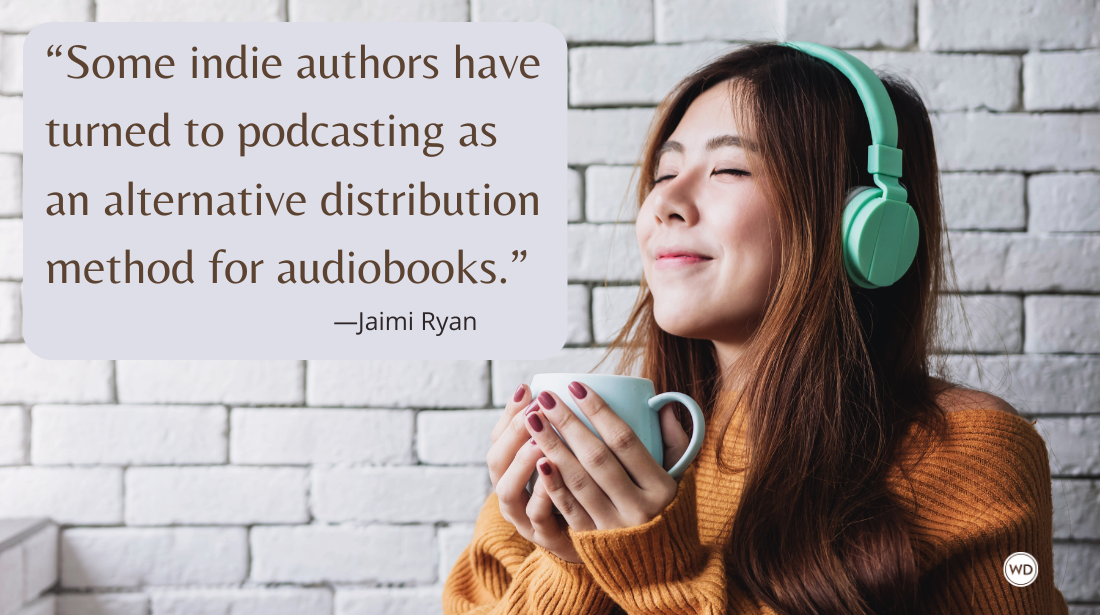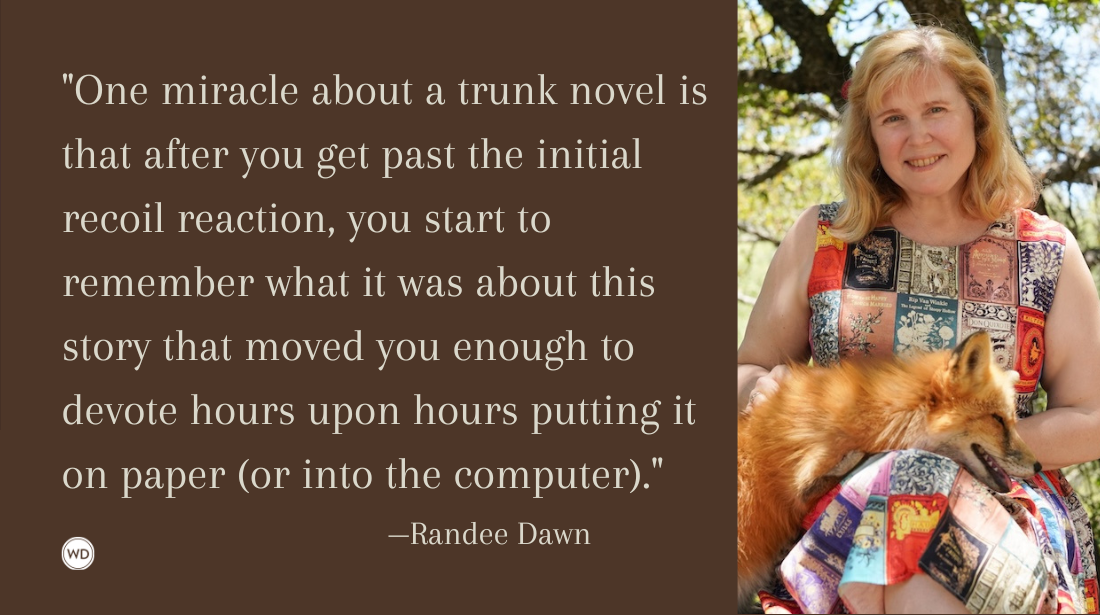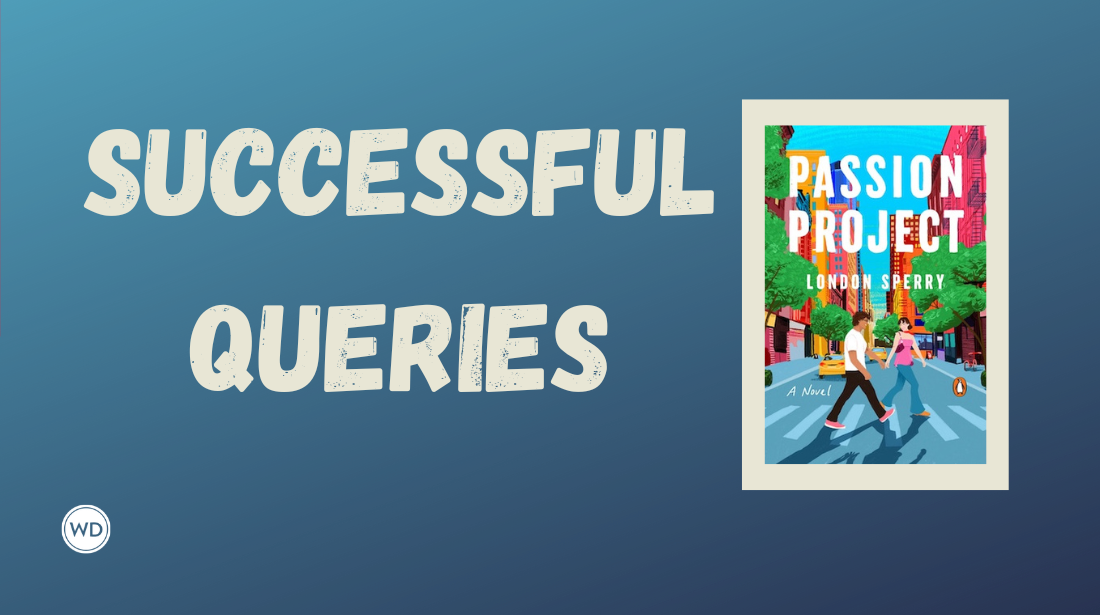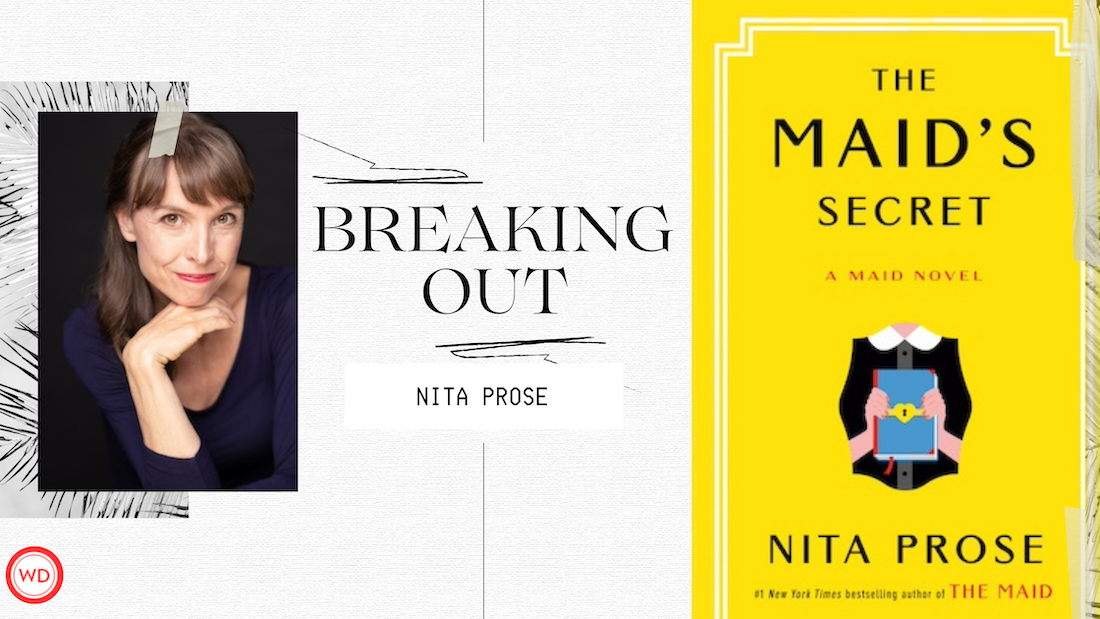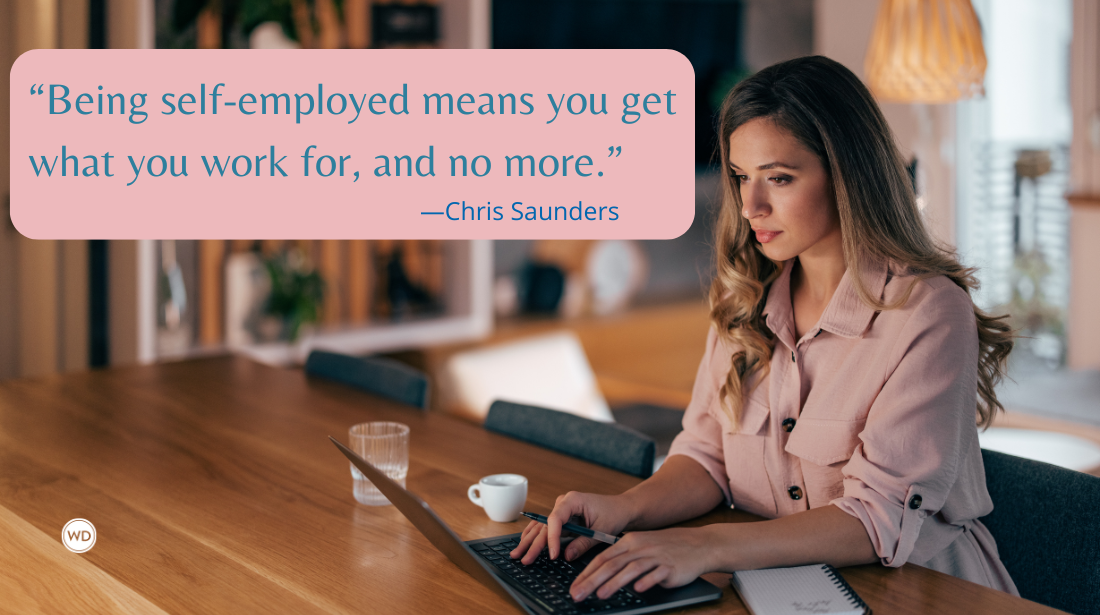9 Pros and Cons of Writing a Newsletter
Thinking of starting your own newsletter? Let freelance writer Sian Meades-Williams lay out 9 pros and cons of writing a newsletter.
Thinking about starting your own newsletter? There are so many great reasons writers should start their own. I’ve been a professional newsletter writer for over eight years.
I currently write two popular newsletters—Tigers Are Better Looking is a weekly lifestyle and culture Substack, and Freelance Writing Jobs is a U.K.-based media industry email. Both run very differently—in how they make money, how my audience grows, even the platforms that they run on. It’s safe to say I’m a big fan of writing emails.
However, as much as I love the form, it does have some drawbacks. But before we get onto those, let’s start with the pros—here’s why writing a newsletter can be great.
Pro: You really find your people
You know that feeling when you meet someone at a party and discover they love the same nerdy thing as you? That’s exactly what writing a newsletter feels like!
When we write about the history of still life painting in Tigers Are Better Looking, or get excited about the rise of risography, we know that we’re connecting with people who will be just as excited to make the discovery. Newsletters really help you find your tribe. (And if someone doesn’t gel like they thought they might, the unsubscribe button is right there.)
The very nature of newsletters being opt-in means that your audience is already engaged. They haven’t stumbled upon an article on page three of a search engine, they’re already excited to hear from you.
Pro: You carve out a writing niche
Let’s dig down some more into that nerdiness. Some of the best newsletters I read are really niche. There’s a power in that specificity—you’re targeting a particular audience.
Buzzing is all about insects as food—it’s politics, it’s environment, and food all in one email. Sisters Under The Mink is about women and crime in film—a niche topic with a lot to cover. Talking Travel Writing is about, well, exactly what it sounds like. Consider these examples as a writer—what exactly do you want to write about?
A newsletter is a great way to expand on your knowledge and create an audience in a particular area of journalism. Not only do you build up expertise and a body of work, you also hone your voice—newsletters mean regular writing and self-editing, both of which improve your writing practice.
Pro: They feel like a safe space
As depressing as it is, writers—particularly women—are used to online abuse. Whether it’s comment sections, or anonymous voices on social media, people will always find something to be angry about. While criticism can certainly be valid, abuse isn’t. I’ve found that the harassment and baseless rage usually aimed toward women writers is lessened with newsletters.
That extra step to gain access can be enough of a deterrent to a troll, which makes way for more positive engagement and discussion. It feels like you’re publishing in a safe space, and there’s real value in that—not just as a writer, but as a reader, too. It’s no surprise that some of the best newsletters I subscribe to are raw and personal, and by women.
Pro: You can write on your schedule
You set the deadlines when you write a newsletter. You’re the editor. You choose the schedule. You can write at 2:00 am if you like. You can write a newsletter around night feeds or insomnia. Or—like I did for longer than I should have—in my lunch breaks during the full-time job I hated.
No one knows, people only care when it lands in their inboxes. This means you can also write weeks in advance, which is great for building up issues around holidays or busy work periods. You’re in control of your own creative schedule.
Pro: You can make money
There are several ways you can make money with a newsletter. Some platforms, such as Substack and Patreon, allow you to offer paid subscription options to your readers. It’s automated, it’s easy to set up, you just have to keep writing. You can also create a tip jar on a platform such as Ko-Fi, so readers can donate when they choose to.
If you happen to be writing about something with a commercial slant—books or fashion, for example—then affiliate links can be a good option (although it’s worth noting that these must be used carefully in emails so as not to trigger spam filters—make sure you do your research!)
If you have a substantial audience, you can also approach brands directly for partnerships and advertising. I use all of these in my newsletters, which means I’m never wholly reliant on one revenue stream. Mix and match and figure out which is best for you.
While this all sounds super positive, there are some downsides to the newsletter format. So, what are the cons of writing your own newsletter?
Con: They put a barrier in front of your work
If you’re hoping to build a body of work that you can share with potential editors, newsletters aren’t always the best place for that. There’s a barrier—be it a sign-up page or a paywall. And you won’t necessarily benefit from SEO in the same way you might from a blog. It can be a good idea to choose a platform that allows a chunk of your archive to be read.
Con: They create an echo chamber
There’s very little in the way of professional editors to highlight bias. Creating a newsletter may feel like building your own tribe of like-minded people, but this has another side: There’s very little counter-debate.
While it’s not necessarily a huge issue when you’re writing about salad or people in London, there is a lot of debate about the impact of newsletters and their role in culture wars—Substack’s been under fire repeatedly for the right-wing voices on its platform. Whichever way you lean politically, it’s always worth remembering that the community you create can become an echo-chamber.
Con: It isn’t always easy to build subscriptions
It’s easy to imagine that your newsletter will have thousands of people sign up the day you launch—and it might! Go you!—but that’s only the beginning. Starting a newsletter means building a readership from scratch. It’s harder to grow something when it stops being new. Don’t wait for people to find your newsletter—tell them about it at every opportunity!
Con: Making money from newsletters is hard work
While there are many ways to make money from writing newsletters, it’s undoubtedly hard work. Newsletters involve more than just writing, especially if you want yours to be profitable.
I approach mine like running mini publications—the writing is the easy part. There’s also promotion, a calendar, subscription management. These are things that might not appeal to every writer—some writers just want to write!
It’s always worth remembering that despite their boom in popularity, success of any kind doesn’t happen overnight. It does, however, happen to the newsletter creators who consistently put time and effort into their publications and create unique editorial that readers love. That’s something worth gunning for with any writing project.
Sian Meades-Williams is a freelance writer and editor based in London. She’s co-editor of the lifestyle and culture newsletter Tigers Are Better Looking and writes about travel, design, and food. Ideally all three at once.



